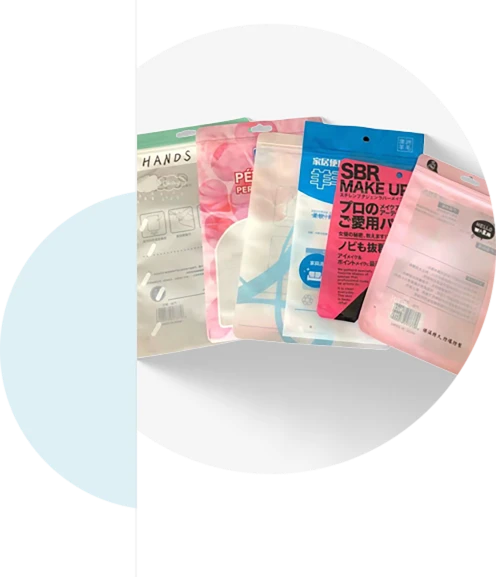packaging and waste
Packaging and Waste A Growing Environmental Concern
In an age defined by convenience and consumerism, packaging has become an integral part of our daily lives. From the moment we purchase a product, we are bombarded with layers of wrapping designed to protect, preserve, and present. However, the convenience that packaging offers comes at a significant environmental cost, leading to an escalating global waste crisis.
The statistics surrounding packaging waste are alarming. According to the World Economic Forum, around 300 million tons of plastic are produced each year, with a significant portion attributed to packaging. This staggering figure not only showcases our dependence on packaging but also raises the urgent question Where does all this waste go? Unfortunately, a large percentage of packaging materials end up in landfills, oceans, and other natural ecosystems, contributing to pollution and harming wildlife.
Packaging and Waste A Growing Environmental Concern
Moreover, the consumption of packaging materials extends beyond plastics. Cardboard, glass, and metal also contribute to the waste crisis. While these materials can often be recycled, the process requires energy and resources, further stressing our planet. The production of packaging materials also leads to deforestation, resource depletion, and increased greenhouse gas emissions, exacerbating the already dire state of the environment.
packaging and waste

Efforts to combat packaging waste are underway, with governments, organizations, and companies starting to recognize the severity of the issue. The implementation of regulations aimed at reducing plastic use, such as bans on single-use plastic bags and straws, is one way countries are taking action. These initiatives encourage consumers to seek alternatives and become more conscious of their packaging choices.
Businesses are also becoming increasingly aware of their role in this crisis. Companies are re-evaluating their packaging strategies, with many working towards sustainable solutions. Innovation in biodegradable materials, reusable packaging systems, and minimalistic designs are all on the rise. For example, companies like Loop are pioneering a circular economy model, where consumers can return packaging to be cleaned and reused instead of discarded.
As consumers, we also play a crucial role in addressing packaging waste. Educating ourselves about the materials we use and their impact on the environment is essential. By choosing products with minimal or sustainable packaging, we can influence the market and push companies toward more eco-friendly practices. Additionally, adopting behaviors such as carrying reusable bags, containers, and utensils can significantly reduce the demand for single-use packaging.
Initiatives like community clean-up events and recycling drives can also foster a sense of responsibility among citizens. These activities not only beautify neighborhoods but also raise awareness about the importance of reducing waste. Social media campaigns and local organizations can amplify these efforts, creating a collective movement toward sustainability.
In summary, while packaging serves vital functions in our modern economy, its contribution to waste is a pressing issue that cannot be ignored. The path toward a more sustainable future lies in a collective effort to rethink and redesign how we approach packaging. From legislative changes to corporate policies and individual choices, each step can lead us toward a future where packaging is used responsibly, recycled effectively, and designed with the planet in mind. As we continue to navigate this complex landscape of consumption and waste, let us strive for a balance that protects our environment while still meeting our needs. The time to act is now, and every effort counts.













